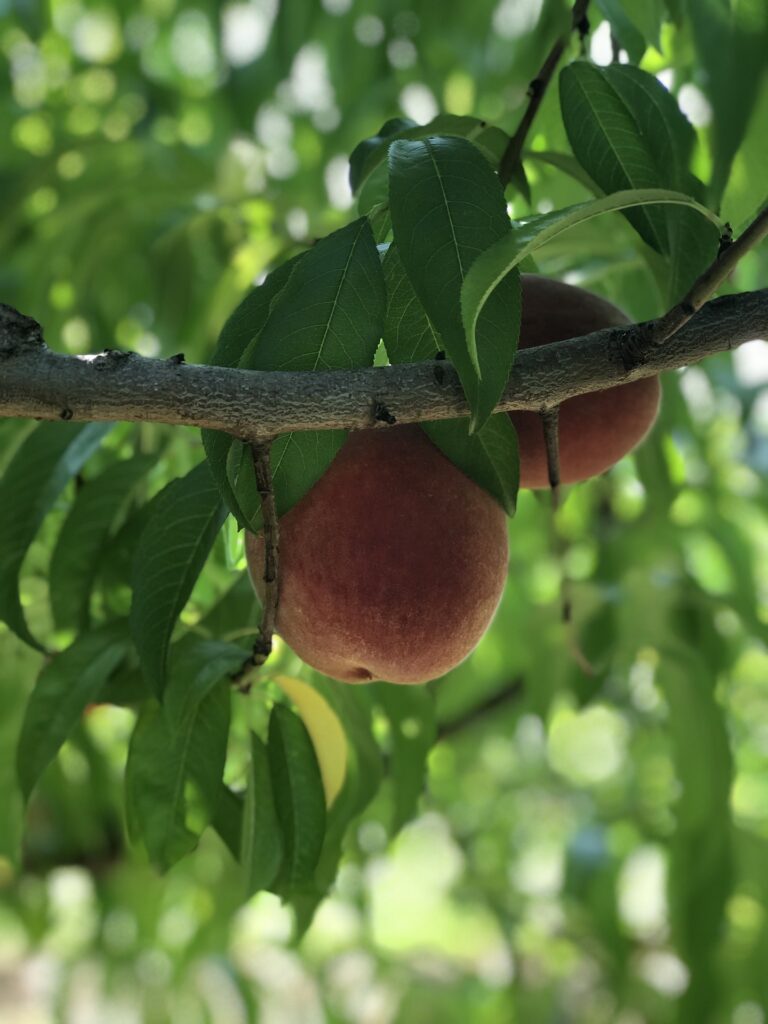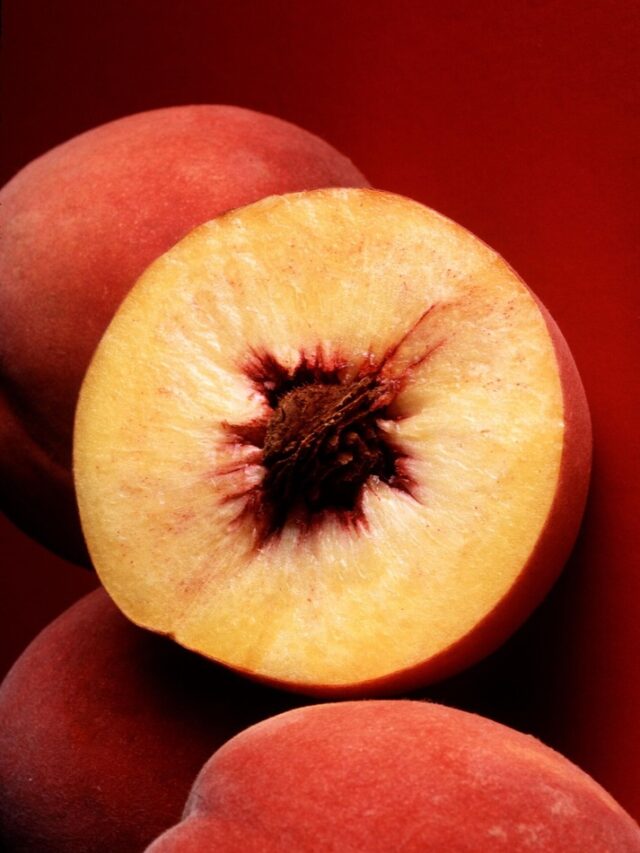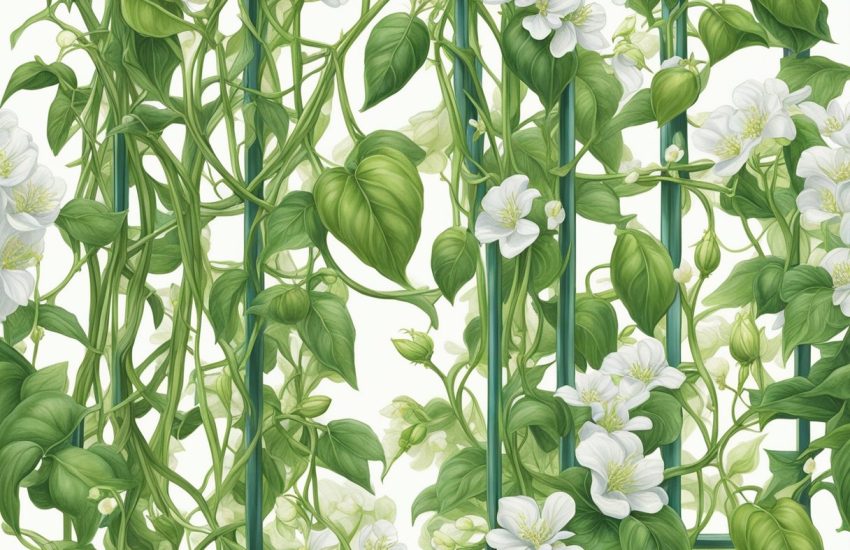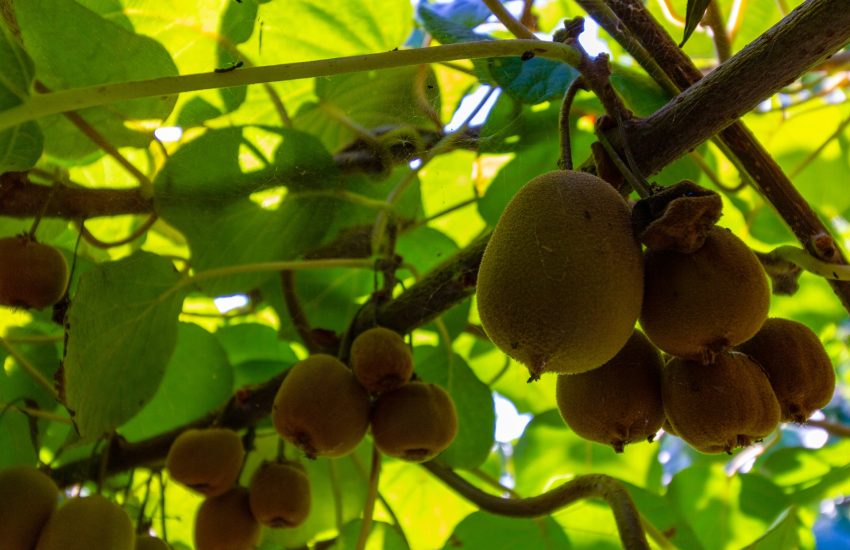Peach Farming: How to Plant and Harvest
Peaches are one of the most exotic fruits in the world. With a highly unique taste, they stand as one of the most luxurious fruits in the world. Peaches are cold lovers and are thus mainly grown in cold areas of the world. However, due to its exotic taste, the demand and desire for peaches grew steadily. This led to the introduction of low-chill varieties of peaches.
These peaches can be grown all over the world, further increasing the demand for peaches. Peaches, like most fruits, can be consumed in various forms. Peaches can be consumed either as whole fruits or as processed fruits. Both ways of consumption are popular and thus peaches are a very popular source of fruit intake.
China is the largest producer of peaches in the world and the economic benefits gained by China are quite high. In India, Meghalaya stands as the largest producer of peaches. This is mainly because f the chill climatic conditions of Meghalaya. Peach farming is a very beneficial type of farming as it yields good results and is very profitable.

Health Benefits of Peaches
Peaches are not only delicious but are also very beneficial to health. They are medically very valuable and very healthy. The nutrients in peaches make it a healthy choice of diet. Peaches are known to be a huge part of the diet as they have a lot of fiber content. The fiber content in peaches makes them an excellent source of food that will aid in weight loss.
This is the most attractive benefit of peaches. Peaches also help in preventing cancer and save the human body from the ill effects of various carcinogens. Peaches also tend to control cholesterol. High cholesterol can be brought into control by consuming peaches. Peaches also tend to improve the heart’s health and keep it functioning properly.
Apart from these tremendous benefits, peaches also affect the eye. They maintain the health of the eyes. Peaches are also known for promoting the beauty of the skin. Peaches tend to develop glowing skin and ultimately improve the health f the skin. These medical benefits and nutritional value of the peaches make them one of the most popular sources of fruit consumed all over the world.
Climatic conditions in peach farming
Peaches require certain climatic conditions to grow. Peaches are chill-loving fruits, yet they can survive in varied climatic conditions. The most preferable climatic conditions are warm climatic conditions. Hot and humid conditions are the worst enemy of peach farming. Thus, to get the best yield, it is necessary to grow peaches in areas that are warm and clear. Peaches, especially during the season of bearing fruits require a temperature of up to 24 degrees Celsius. These are the climatic conditions that ought to be taken into consideration regarding peach farming.
Soil requirements in peach farming
Various conditions must be satisfied regarding the soil in which peach farming is carried on. Peaches can grow in a varied range of soil types. However, to ensure maximum productivity, peach farming must be carried out on sandy loamy soils. These sandy loamy soils must also be rich in organic material to support the growth of the plants.
Peaches are at huge risk from water clogging and stagnation. Thus, the utmost care has to be taken regarding soil drainage, or else all is bound to fail. This is also one of the reasons that peaches grow better in foothills and mid-hills. These are the conditions that ought to be fulfilled in reading about the soil conditions of peach farming.
See Also: How to Grow Balloon Flowers
Planting in peach farming
Planting is the first stage in peach farming. This stage has to be done with sufficient care to ensure maximum yield and ultimately maximize profits. The first step in the process of planting is the preparation of the pits. The pits so prepared should be a size of about 0.75m x 0.75m x 0.75m. these pits should be dug at a distance of 5x5m from each other.
The pits so dug should be filled up to 10 cm above the ground level. The upper 30 cm. Of the soil should be added 20 kgs of Farm Yard Manure and around 125 grams of urea. These actions will ensure that sufficient conditions are provided to the peaches for their growth and development.
The next stage in farming would be propagation. Propagation in peach farming can be done in a few ways. They can either be propagated through rootstock or grafting.
In the case of rootstocks, the peaches are propagated through seeds. The process begins with supporting stratification. The seeds ought to be kept in moist sand, for preferably 3 months, to promote stratification. To aid the seeds with fertility and germination, they should be treated with thiourea and GA3. Once the seeds begin to germinate, they can be sown in beds that are at least 5 cm deep.
These pit holes in which they are sown must be at least 12 to 15 cm apart from each other. The rows should be spaced 20 cm from each other. Mulching must be done to protect the plants and prevent the growth of weeds and also ensure that the moisture is locked in the soil. These are the steps regarding planting through rootstocks.
In the case of the grafting of peach plants, the steps and methods differ from that of rootstocks. A slanting cut of around 5 cm has to be made. This should be made from a rootstock that is at least 1 year old. The particular cutting must be made at least 20 cm above the ground level to improve the success rate of growth. Another downward cut ought to be made.
This has to be made 2/3rd from the top of the slanting cut of around 2 cm. This will ultimately result in a tongue-like structure. A similar cut has to be made on the bottom side of the scion matching the cut on the particular rootstock. These are the steps that are to be borne in mind regarding grafting. These are the methods of planting that when followed would ensure a high yield of peaches.
Growth and care of peaches
Peaches require quite a lot of attention regarding their growth and development. Various factors ought to be taken into consideration while raising the peaches to ensure maximum yield and to avail maximum profits. Pruning is the main and basic factor when it comes to peach farming. Pruning must be followed regularly and cannot be avoided at any cost. Peaches require heavy pruning frequently. This is because peaches tend to bear fruits laterally, which makes pruning indispensable.
The newly planted peaches should be pruned and maintained at a height of around 35 inches. Around 4 laterals can be chosen. While choosing the laterals, care must be taken to that they are with wide-angle crotches that are spread evenly. Pruning should usually be done in the last week of October to ensure that the plants continue to thrive. Any growth below the graft has to be removed. Linear shoots and water sprouts that grow below the graft have to be removed to divert the energy to the bearing of fruits. These are the factors to be considered regarding the pruning of the peaches.
The next stage to be considered in the case of the growth of peaches is irrigation. Peaches are sensitive to water and thus care has to be taken regarding the irrigation of the peach farms. Proper irrigation is sure to result in good production. As soon as the young trees are planted, they must be irrigated.
This is a crucial step as irrigation as soon as planting the trees will improve the rate of survival. This will also help the young plants to take hold and to begin the process of development. In case the area of farming faces sufficient and ample rainfall, the need for irrigation reduces significantly. Irrigation in the rainy season is also not required. Drip irrigation stands as one of the most effective systems of irrigation even in the case of peach farming.
In case of dry spells, irrigation becomes a must as the pants require moisture to thrive. The budding and flowering stages of the plants are crucial stages and water during this period is important. The stage of bearing fruits is also an important stage in peach farming, thus, irrigation even in the fruit-bearing stage is very crucial. These are the factors to be considered concerning the irrigation of the peach farms.
Diseases in peach farming
Peaches are resilient. Peaches cannot be easily affected by diseases or insects or other sorts of pests. However, that does not mean that peaches are completely free of diseases. Powdery Mildew is the most common disease faced by peach trees. This could be cured by spraying Sulfex at the rate of 2.5 grams per liter of water. Shothole is another kind of disease faced by the peaches. This can be solved by the application of Captain at the rate of 2 grams per liter of water.
Aphids are yet another common disease faced by the peaches which can be solved by spraying the Monocrotophs at the rate of 2.5 grams per liter of water. Another disease that poses a risk to the growth of peaches is Stem Borer. This can be solved by the application of Monocrotophos at the rate of 2.5 grams per liter of water. After this, the affected part ought to be removed and destroyed, else this will affect the whole tree and could potentially affect the whole farm, increasing the risks of failed yield. These are the most common diseases faced by peach farmers and the solutions to cure these diseases.
Harvesting
Peach harvesting is the final and last stage of peach farming. This is an important stage as this determines the profits availed based on the yield of the peaches. The peaches will indicate the time for harvest with the change in coloration of their skin color. Once the peaches reach a good hue of golden peach with hard skin, it indicated the time for harvest.
At this point, the fruits can be harvested by simply twisting the fruit from the branch. This process has to be done gently so as not to damage the fruits. The month of April up to May is considered the ideal time for the harvest of peaches. The peaches so harvested can be graded, stored, packed, and transported to local markets or can even be exported. With this ends the process of harvesting, giving good rates of profits.
Conclusion
Peach farming continues to grow and develop all over the world because of its high economic value and because of the introduction of low-chill variety peaches. Peach farming can also be carried out without the need for advanced techniques and machinery, which makes it even more attractive. The exotic taste of the peaches along with the nutritious value of the fruits makes them economically valuable, which ultimately makes peach farming a successful venture.



